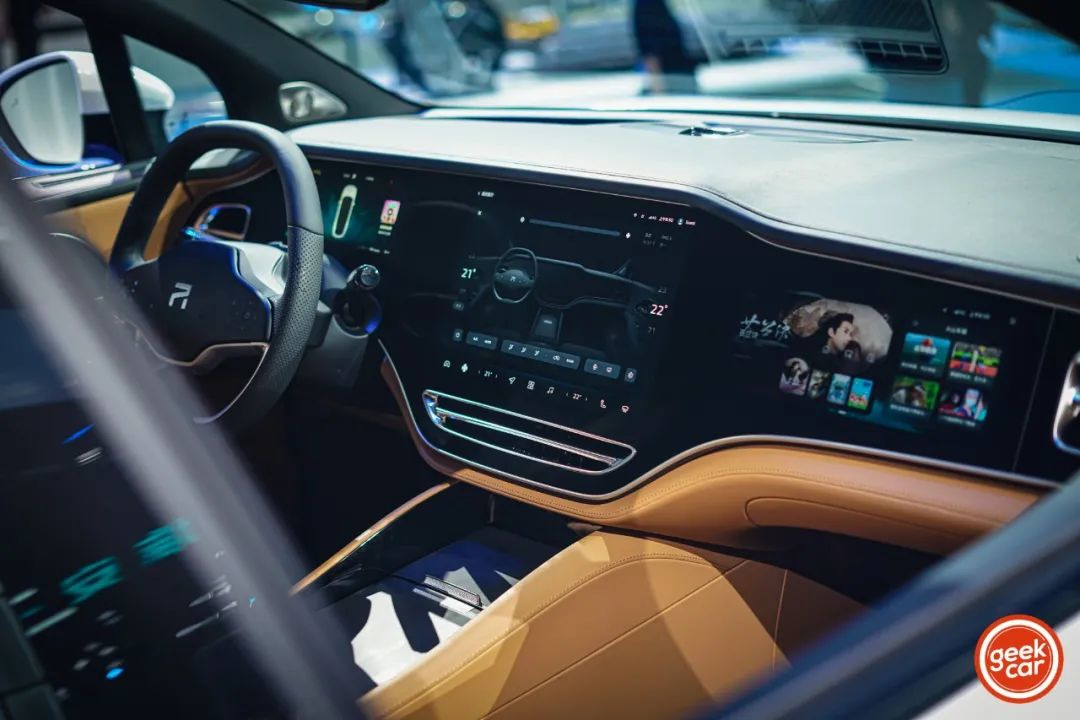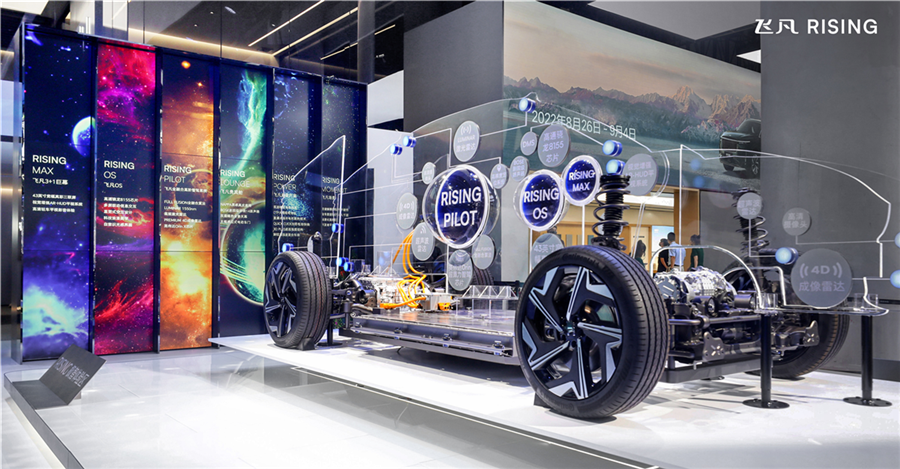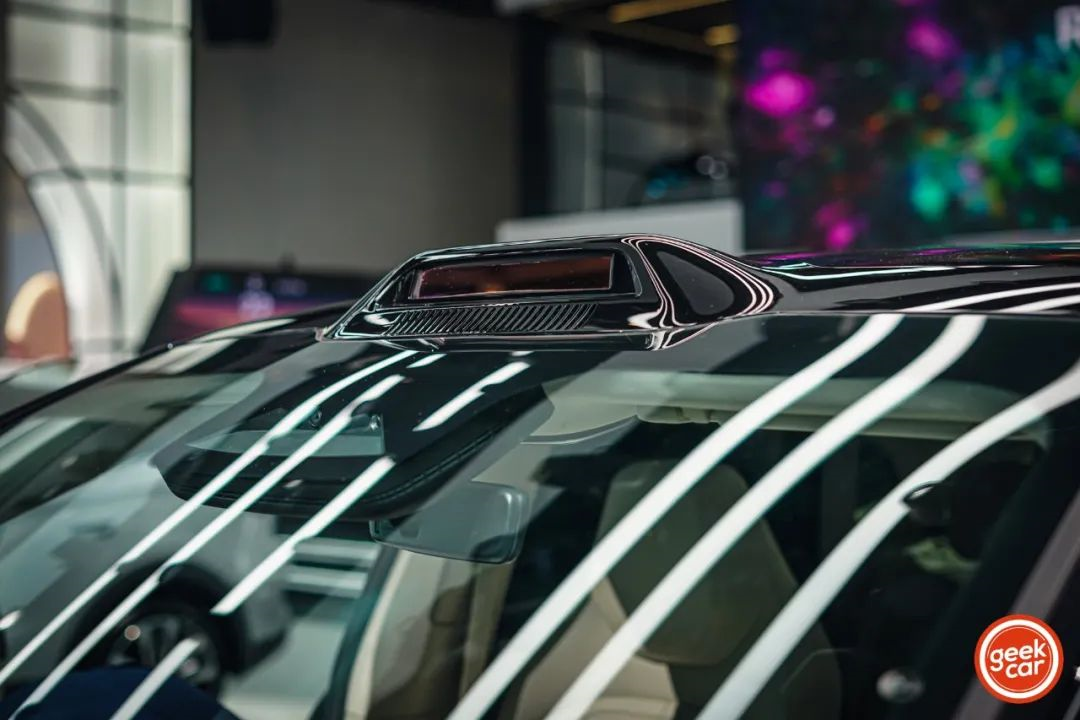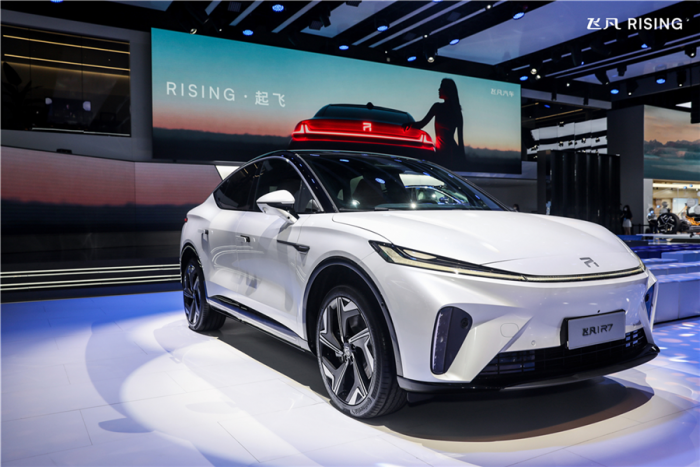Author: Wang Xuan
In today’s fast-paced new-four-modernization wave, it’s rare to see those companies that talk less and do more in the automotive industry because no auto company dares to accept the “silent cost”.
Some companies are newly established, and some are facing huge reforms and transformations. Everyone wants to compete for the high ground of new energy, and the means are extreme. OTA is the best tool, so you can make “false promises” and enlarge the product power as much as possible before the product launch, but the small font “the delivery configuration is subject to the real vehicle” is never forgotten under the propaganda poster. After the vehicle is delivered to the owner, there is plenty of time to solve problems with OTA.
“Postpone time” is the result of the brutal growth of the automotive industry in recent years. In various marketing advertisements, we have seen the “great leap forward” development of intelligent electric vehicles, but what users get is a “futures product”.
Therefore, at the Chengdu Auto Show, I was fortunate to see a down-to-earth car company that befriends technology and time – RisingAuto Motors.
Wu Bing: “Product defines the brand”
In 2021, a new generation of domestic auto brands emerged. New brands such as Zeekry and Voyah appeared one after another. On October 30th of the same year, SAIC Group announced the investment and establishment of RisingAuto Auto Technology Co., Ltd. Wu Bing, the CEO of SAIC Mobility’s strategic brand “Enjoy Travel”, was appointed as the CEO of RisingAuto Auto.
To be honest, even if independently operated, RisingAuto Motors at that time did not seem to be optimistic about by the outside world. Faced with SAIC Group’s layout in the new energy field, RisingAuto inevitably faces a series of questions: “How should the brand be positioned?” “Where is the product differentiation?” “How to enter the mainstream intelligent track?”
At this year’s Chengdu Auto Show, RisingAuto Auto answered these questions with R7.
At the media communication meeting, when asked if there is overlap in positioning between RisingAuto Auto and IM Auto, both subsidiaries of SAIC Group, RisingAuto CEO Wu Bing threw out a viewpoint – Product defines the brand.
Wu Bing: “From the perspective of RisingAuto, we have not adjusted the brand positioning. Our positioning has always been high-end intelligent pure electric mobile space. This is our core feature. We don’t say high-end, we don’t say mid-to-high-end, we use high-end intelligence, and this is also our differentiated competitive advantage.”
“High-level intelligence” is a positioning that has never appeared before, and in RisingAuto R7, we can also see obvious differences from previous products, especially in terms of intelligence.
Entering the cockpit of the FEIFAN R7, the first thing that catches your eye is a 43-inch giant screen similar to that of the Mercedes-Benz EQS, which is the largest size of the three-mounted screens for Chinese brands. In terms of interaction hardware, the central control screen is a 15.05-inch AMOLED ultra-clear screen, and the sizes of the instrument screen and the co-pilot screen are 10.25 inches and 12.3 inches, respectively. The cabin platform uses the highest specification Qualcomm Snapdragon 8155 chip in the industry currently.

The operating system RISING OS is jointly created by FEIFAN and Zerospace Intelligence. Based on the mainstream virtualization technology and RTOS+Android AOSP operating system in the car field, it is equipped with many platform modules needed by the cloud management-end integrated SOA software architecture. At the same time, the cabin is also equipped with Huawei’s visual enhancement AR-HUD system.

As for the experience of the cabin, you can refer to our article released on August 29th. There is no need to repeat it here.
Compared to this, what’s more eye-catching about the FEIFAN R7 is its intelligent driving system–RISING PILOT. FEIFAN R7’s sensor solutions include:
- 1 Luminar Lidar
- 2 Continental’s Premium 4D Imaging Radar
- 4 enhanced long-range point cloud corner radars
- 12 high-definition cameras
- 1 driver monitoring system DMS
- 1 high-precision positioning system
- 12 ultrasonic radars
In addition, the intelligent driving computing platform of FEIFAN RISING PILOT uses Nvidia’s Orin X chip. It adopts 7nm process, and the single-chip computing power reaches 254 TOPS, which is about 8 times the computing power of the previous generation product Xavier chip.

It is not difficult to see that in terms of hardware layout, the FEIFAN R7 has already reached the forefront of the industry. A good intelligent driving product requires both software and hardware capabilities, with software-defined experiences and hardware setting the ceiling for user experience. In terms of hardware selection, Hu Xiaofan, chief product officer of the FEIFAN Intelligent Driving Co-creation Center, believes that three points should be met: 1. Performance, 2. Stability, 3. Bring a better experience to users.Concerning the hardware configuration, the 4D imaging radar used by FF R7 is highly competitive. Compared to ordinary millimeter-wave radars with a sensing distance of 210 meters, the 4D imaging radar has a distance of 350 meters and can detect the height of objects with higher accuracy. Additionally, the imaging radar can output both the current and target data synchronously, which, with machine learning, provides better detection capabilities and precision in detecting static objects and ramp scenes.
During the communication meeting, Liu Chen, the General Manager of FF Automotive User Development Center, stated, “When delivering the RISING PILOT FF All-in-one Advanced Driver Assistance System today, we are not just delivering hardware but also delivering software. This is the philosophy of FF in terms of product values. Delivering a high-quality full product experience to the user means that these leading functions, including LCG, LKA, and other functions, will be enabled when the product is launched.”
“The intelligent driving functions will be delivered together with the product,” a rarely seen statement in the new car launch conference, since usually product delivery and intelligent driving function delivery are separate. Surprisingly, the RISING PILOT FF is a product with software algorithms entirely self-researched by the FF team.
Currently, there are two main paths for car companies in building intelligent and electrified cars: 1. In-depth self-research of critical product points, and 2. Cooperation with suppliers. Both paths have their advantages and disadvantages. Self-research has a higher degree of timeliness and can respond promptly to market demands for core technology and functionality, but requires more resources. Cooperation with suppliers allows professionals to do professional work, but the cooperation relationship requires repeated compromises on timelines. Without the restraint of common interests, it is difficult for both parties to contribute to the entire vehicle product together, and suppliers are always just the handing over product.
In March of this year, when FF Automotive announced the production of the first batch of R7 PPV trial vehicles, it disclosed the self-researched intelligent driving system. As mentioned above, the biggest question about FF from the outside world is whether they already have a more complete self-driving research and development team, and whether this team is capable of supporting self-research.The information we received today is that the RISING PILOT project started two and a half years ago, and as of today, RisingAuto has built a self-driving technology research and development team of more than 500 people. The RISING PILOT intelligent driving system has completed road testing of more than 400,000 kilometers for high-speed navigation.
Therefore, at the beginning of the article, I said that RisingAuto is a car company that does more and says less. RisingAuto R7 will be delivered in September, which will make the world see their huge intelligent layout.
Because of their self-developed algorithms, RisingAuto RISING PILOT has put forward the industry-leading Full Fusion algorithm. What is Full Fusion, and what are front fusion and back fusion?
We all know that fusion perception algorithms means merging perception data from multiple sensors (such as LiDAR, millimeter-wave radar, high-definition cameras) and outputting the results.
Front fusion is a data-level fusion strategy, and this fusion strategy is primarily based on the data from LiDAR and supplemented by camera data. Using the semantic segmentation results obtained from camera data without distance information to integrate point cloud raw data. We can simply understand it as multiple sensors jointly determining an object as a result, but the drawback is that the judgment process is too rough, affecting the accuracy of the results.
Back fusion is to calculate the detection or segmentation results of two types of sensors respectively and then merge the results based on the calibration of multiple sensors. We can simply understand it as multiple sensors individually determining an object as a result and then selecting the reliability of the results in the later stage. The disadvantage is that it amplifies the disadvantages of various sensors, such as the lack of distance data from cameras and the too fuzzy feature recognition of millimeter-wave radar, which will affect the final results.
The Full Fusion algorithm launched by RisingAuto will combine the strengths of the two fusion algorithms, which relatively increases the technical difficulty, but also brings more accurate perception results. It enhances the perception of ramps, road shoulders, and stationary objects, and on the ADAS visualization interface of the instrument screen, the driver can also clearly see whether the vehicle’s recognition of objects is accurate, further enhancing users’ confidence in the intelligent driving function.
The Full Fusion algorithm has improved RISING PILOT’s underlying ability, and in addition, RisingAuto’s intelligent driving team has also thought about differentiation experience.## MY PILOT
MY PILOT can allow users to switch between various intelligent driving styles such as comfortable, standard, and sporty based on the actual driving environment and user preferences. It also enables personalized intelligent driving behavior through customization of multiple dimensional parameters.
For example, in a scenario where there are many vehicles and the vehicles are generally driving fast on a highway, users can increase the priority of safety, choose the comfortable mode, and reduce lane-changing behavior. In a scenario where the lighting conditions are good and there are fewer vehicles on the highway, users can increase the efficiency priority, choose the sporty mode, and increase lane-changing and overtaking behaviors while ensuring safety.
Moving towards electrification while leaving room for users
Wu Bing stated, “Give the choice to the users and leave the difficulties to ourselves.”
“Give the choice to the users” is the most frequently mentioned phrase by Wu Bing at media communication events. It seems to be a common industry consensus, but few people can truly do it. Especially in today’s escalating “arms race”, auto companies want to make all advanced autonomous driving sensors a standard feature to show the intelligence of their products. However, no one really pays attention to whether users have a demand for intelligent driving and whether they are willing to pay for expensive hardware.
During the communication event, Hu Xiaofan stated that “honestly, not every user has the courage to use intelligent driving assistance features.” Therefore, as we can see on the FLYING FAN R7, the laser radar is an optional feature rather than a standard feature. It is up to the user to decide if they want the laser radar.
Flyin Fan is faced with the problem of how to implement high-level driving assistance without one sensor. The alternative version of Flyin Fan R7 uses 4D imaging radar, 4 enhanced long-range point cloud corner radar, and 12 cameras, which also uses full integration algorithms.
In full integration, there is still all-point cloud output from the imaging radar and point millimeter wave radar, covering 360-degree point clouds, and the data from the entire set of cameras. However, without the laser radar, there will be one less sensor fusion in the post-integration.
Hu Xiaofan stated that the loss of one sensor does not affect the entire algorithm. They have considered both the solution with one more sensor and the solution with one less sensor in the algorithm, and the different adaptations will also be updated accordingly in the OTA upgrade to ensure that users receive full updates.
Regarding the high-precision sensors of intelligent vehicles, I have always held a point of view: The best solution is not the one with the most sensors, but the one that maximizes the value-cost ratio. As the number of sensors increases, the corresponding costs will also increase, and this part of the cost will be passed on to the users. Whether users are willing to pay for these sensors depends on one thing: whether they can bring about an upgraded experience.
It seems that enhancing user experience is rather difficult. Looking at the intelligent assisted driving function, most automakers take the route of adding functions. For example, after having the high-speed navigation assistance function, the system is called L2+ intelligent driving system, and the system with the city navigation assistance function is called L2++.
However, the path of adding functions will quickly enter the platform period. After the L3 assisted driving concept is weakened, the challenge of end-to-end L4 automatic driving is imminent. This involves many issues such as cost, technology, and regulations, which cannot be solved in a short period of time. It is not cost-effective for users to purchase so many sensors in advance.
Some people may still retain their understanding of traditional luxury cars, believing that more material means more luxurious. However, in the era of intelligent cars, “piling up” is not a good term. A car manufacturer with a deep understanding of its products needs to be responsible for its own costs and also for the costs of its users. Based on the industry-leading position in terms of experience and product functions, I believe that subtracting sensors is truly the high-end approach.
As Wu Bing said, “We need to pursue the beautiful appearance and an interesting soul. With 33 top-level hardware devices, this is the beautiful appearance. The hardware must be good. This is the opportunity and possibility for continuous iteration in the future. However, if we only have hardware and lack an interesting soul, if we do not have such a team that well integrates software and hardware, the functionality of hardware cannot be fully utilized. Some companies pile up a bunch of hardware, but in fact, we also need to pile up good people, not just materials. We only believe that the product is competitive if the software and hardware are well matched.”
Finally,
Throughout the communication meeting, Wu Bing revealed confidence and composure. Perhaps it is because they really spend time studying technology, without official speech and “drawing a pie” marketing. Only by defining the positioning of the FlyFun brand with the R7 product can they feel at ease.
Wu Bing joked, “So many people spend so much money, and in the end, only sell a few hundred cars to do advertising. Then I might as well just invest in advertising.”
This article is a translation by ChatGPT of a Chinese report from 42HOW. If you have any questions about it, please email bd@42how.com.
